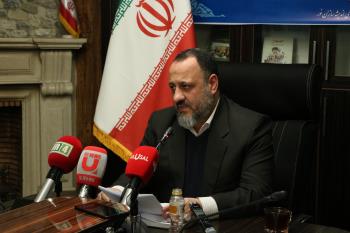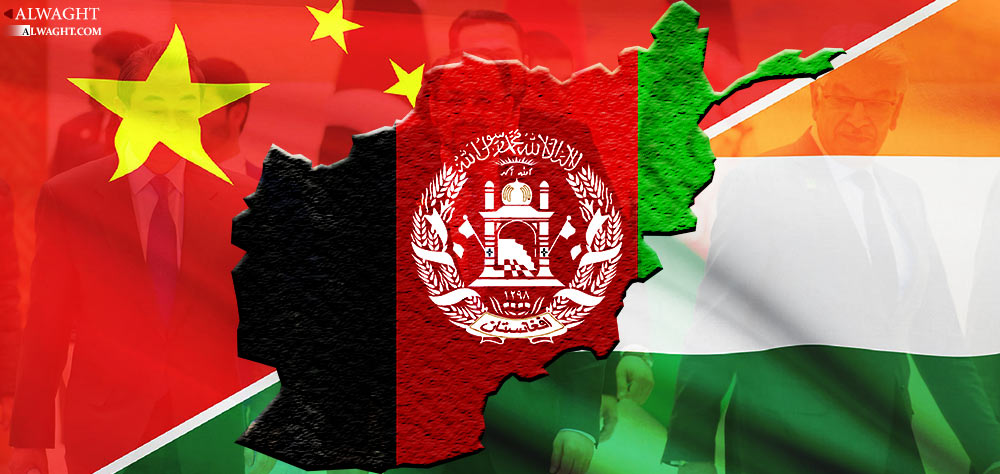Alwaght- Amid rapid economic development in China which is relentlessly seeking an upper hand in the global markets, some rivals are trying to set up roadblocks ahead of Beijing in a bid to shatter the Asian economic power’s dominance dreams. It appears that two important projects can reshape the pattern of the future economic games in Asia region.
The first one is the China-Pakistan economic corridor, which marks a highly significant development when it comes to geopolitics. The economic integration between the two countries is part of the huge and ambitious trade initiative “One Belt, One Road”, or simply the project to revive the ancient Silk Road that links China to several regional states. The project has well drawn the attention of the Central Asian countries. And the second project is the North-South Transport Corridor which aims at linking the North European countries and Russia to the Indian Ocean, Persian Gulf, and South Asian states via Iran.
Beside these two seriously-perused projects that see a place for Afghanistan as a regional state, one side development is noteworthy: New American national security doctrine recently unveiled by the administration of the President Donald Trump. The new doctrine labels China, along with Russia, a “revisionist power”, considerably sidelines Pakistan as a US ally, and replaces it with India as an opponent of Islamabad.
The new national security vision lashes out at Islamabad’s approach to neighboring Afghanistan and asks New Delhi to garner more influence in Kabul to play a role in Afghanistan. On the other hand, the Indians have invested in Iran’s Chabahar Port, in the southeast of the country on the Gulf of Oman. Interestingly, the Americans have expressed their understanding of the India’s need for access to the Iranian port. Now a question presents itself here: Caught in the middle of a China-Pakistan vs. India competition, which side will the Afghanistan foreign policy lean to?
Certainly in the present world with its drifting events, a country such as Afghanistan cannot adopt a fixed regional approach. After all, Kabul is reliant on Washington aids and wants to give the Indians the possibility to play a bigger role as they stand as the US allies. This can prove profitable to the Afghans. But Kabul leaders are afraid of the stronger influence of New Delhi in their country. They know this will rile Islamabad, which struggles for an exclusive toehold in Afghanistan. Any Pakistan fuming might come costly to Afghanistan, having in mind that Islamabad holds a sway over the Afghan rebel groups. By allowing China some influence in Afghanistan, the Afghan leaders hope that they can get Beijing to press Islamabad to cease support to the anti-Kabul militias which have been heavily destabilizing the country.
The two projects not only do not run counter to each other but also if linked they will be complementary. They can help revive the modern Silk Road for the regional countries to broaden their trade interactions.
When the talk is about the Chabahar Port project and its benefits for Afghanistan, it needs to be taken into account that Afghanistan, a landlocked country, needs access to the regional waters to make it to the economic advancement. Chabahar Port can crucially help Afghanistan in this course. The Iranian port can help Afghanistan move out of full reliance on the Pakistani transit ports and transit routes. It, moreover, helps the Central Asian country get linked to the sea, and hence, to the global markets. On the other hand, when it comes to distance, Chabahar Port is closer to Afghanistan than Karachi Port.
The China-Pakistan economic corridor is not limited to these two countries. Rather, it covers a broad area including the Central Asia states. The clear point is that China is playing a very smart global game, as it holds long-term outlook. The Chinese are seeking to infiltrate economically in other regions and settle the crises using economic diplomacy in an organized move towards their interests. This Chinese policy is important if we know that Kabul’s foreign policy takes an economic approach and that it makes no difference which country invests in Afghanistan and comes with benefits to the country. However, the government policy shows that it seeks positive balance in the foreign policy. So, according to this policy path, it cannot afford to avoid considering either the Chinese of the Indian side.
China is seeking a modern Silk Road and puts premium on Afghanistan as one of the currencies to such a big ambition. The Chinese projects start from Central Asia and end in Europe. This is the secret behind Beijing’s efforts to de-escalate the tensions in and among the Central Asian states. On the other side, the Indian and Afghan work with Iran in Chabahar is majorly aimed at facilitating regional partnership. This partnership not only presents no divisive factor but also provides a link between regions such as Persian Gulf, Europe, West Asia, Caucasus, and Central Asia.



























